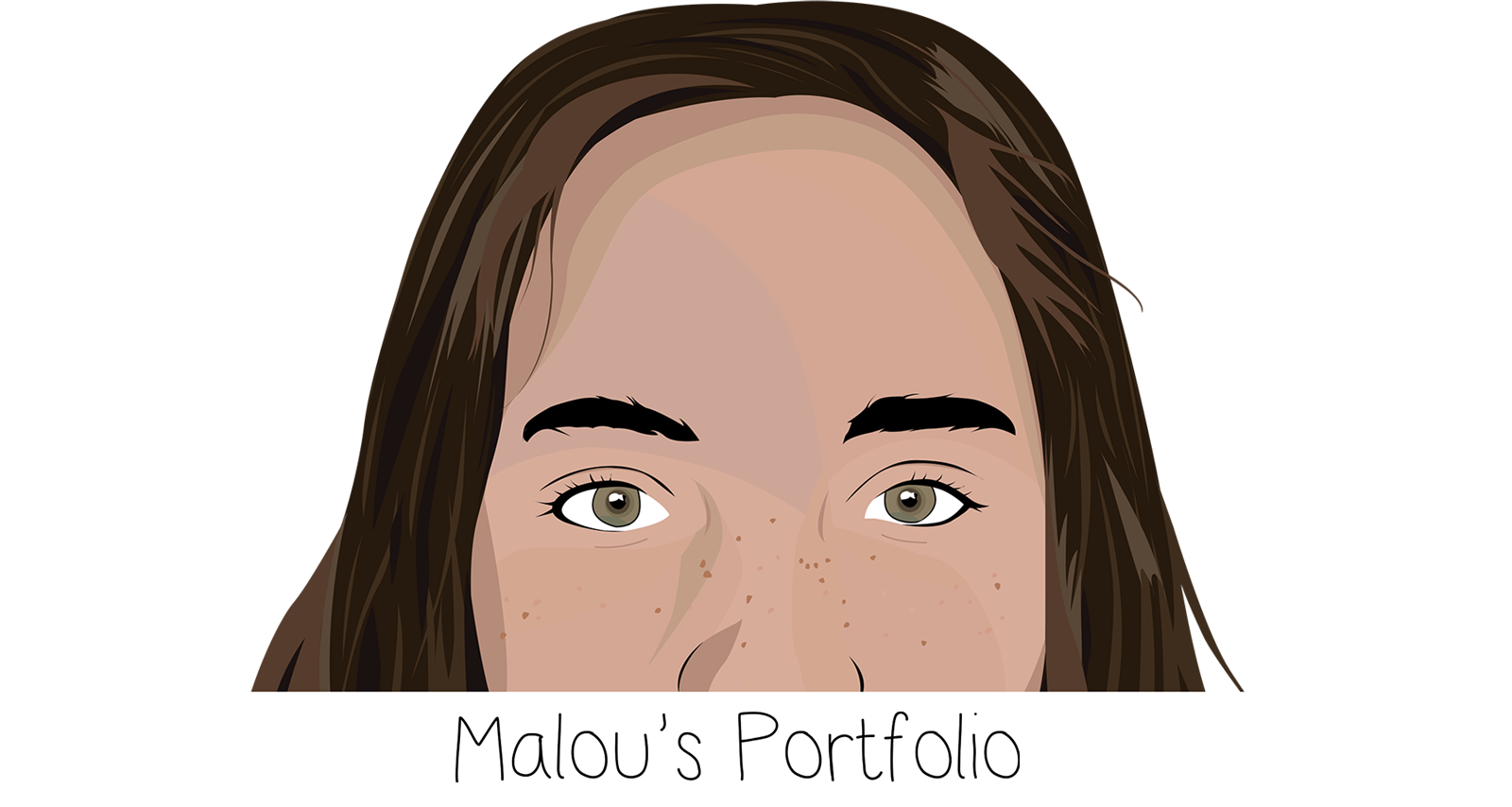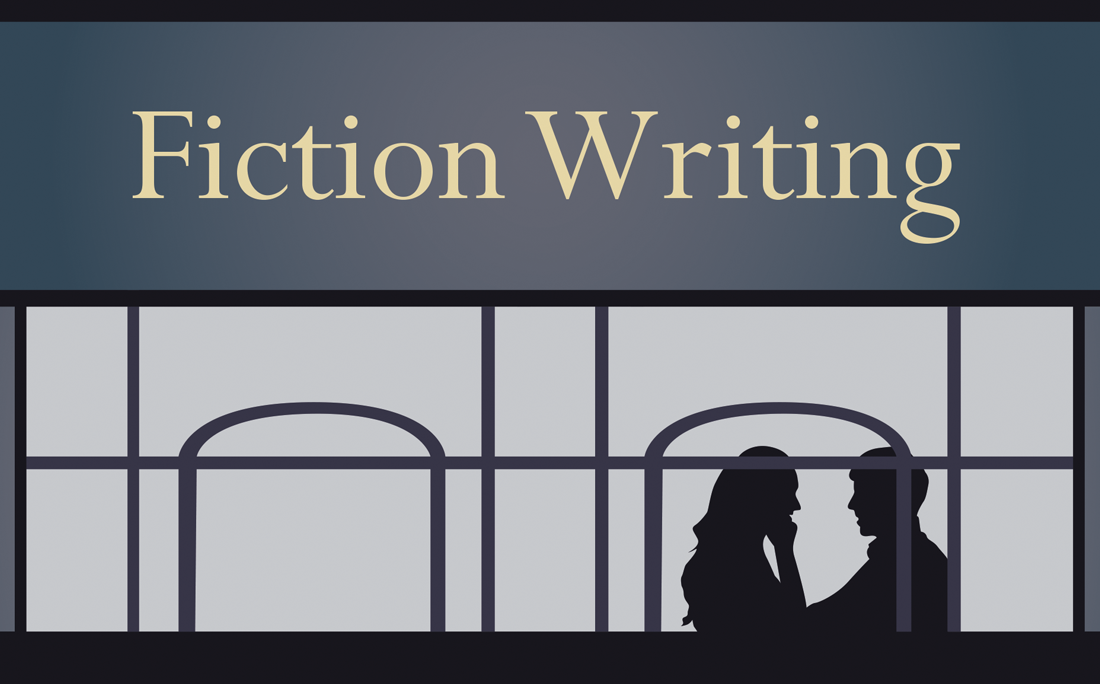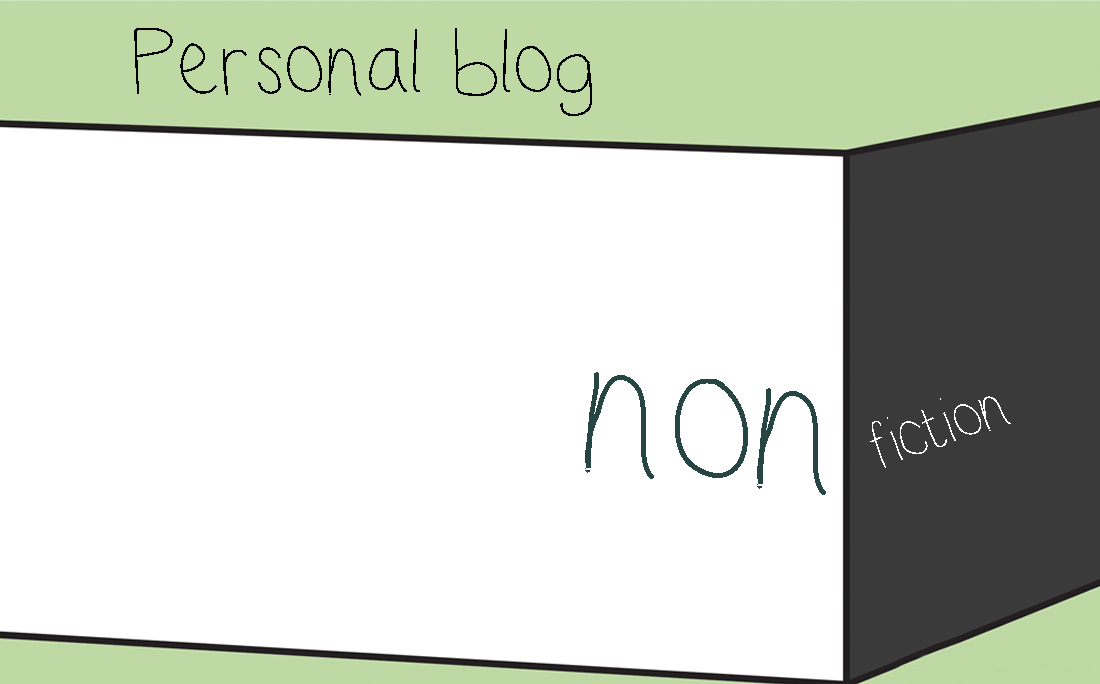In this short story that can be read below, Detective Philips is in The Libertine, a cocktail bar, to investigate a murder. This story uses setting and items to advance the plot, using active description so that the story moves forward.
The detective interviews different people and observes different objects to reach a conclusion and move along her investigation. In an interactive game, the player would be the detective and interact with witnesses and items to proceed in the the game.
Using ‘place’ for storytelling
Place is an important feature of storytelling as it can affect plot lines and character types. In the novel Murder on the Orient Express, the snow develops the plot, — ‘heavy banks of snow surrounded the train,’ — by halting the train and stopping the murderer from escaping without leaving a trace, all the passengers become suspects.
Similarly, in my story, the book and its hiding place are described because they hide evidence to the case. Once the book is discovered the suspects are narrowed down to the people that knew about the hollow book, making the description and specification of the item actively advance the plot.
Translated into a game, once the player finds the book and its hiding place, a certain number of suspects would remain, triggering new dialogue. Rather than a written description of the book, it would be visualised and serve as a game mechanic to advance the plot.
In my fictional story, I show that I am aware of plot devices and demonstrate my ability to successfully use them.
Setting to provide insight into characters
In The Creative Writing Handbook, Paul Magrs states that ‘setting is one of the most useful means of getting your characters to give themselves away. […] It’s always more effective simply to slip in some telling detail about the place in which the characters find themselves.’ [1]
In my story, “the menu’s green-leather-bound cover is marked by thin white lines. The tips of Mason’s fingernails are green; they are now digging into his fingers,” which shows a character in distress, without stating that fact. The menu becomes more than an object and serves as a means of characterisation.
Linear and non-linear narrative
In my story the reader follows Philips in the present, initially sticking to a linear narrative. However, the story also gives snippets of her past by way of a dual timeline, and by doing so we learn that Philips has been to The Libertine before. In other words, the dual timeline is providing backstory to the character and driving the narrative forward.
In order to successfully create two timelines, I created clear details between the past and the present to make it possible to differentiate. To do this, I used description of place: in the present, the bar is quiet and the lights are up, while the flashback describes music and dimmed lights; similarly, Philips is sober and apprehensive about alcohol during the investigation, but she holds an alcoholic drink in the flashback.
The dual timeline provides insight into the character’s past and gives her depth, which helps bring the plot to life and further advances the story.
Let Death Not Deprive Us; the full story
It feels like being on a train at night. The lights are turned up and the few people inside The Libertine whisper, their voices feel too loud in the absence of music. Detective Philips stands at the bar. She’s interrogating a blonde bartender with a close-trimmed beard and moustache. He moves his finger in and out of a candle’s flame. Philips feels the urge to do the same. ‘Did you ever see them here before?’ she says. ‘I only remember drinks.’ ‘A typical bartender,’ she says. He wears the same blue shirt as the other staff but his shirt isn’t entirely buttoned up. ‘What’s in there?’ she nods at the paintings behind him. They depict people from Victorian times; the frames are gold with red on the inside. ‘Just, you know-’ ‘Can you get me what was in her drink?’ He shrugs, then opens a door that is the painting. Three shelves full of alcohol appear, each bottle a different colour but all come with a white label. Luke takes two from the top shelf and one from the middle and starts unscrewing the lids in front of her. Philips feels inclined to take a step back when she smells the alcohol. ‘Is that-’ the third bottle seems out of place. ‘Tomato juice,’ Luke says. ‘Who else ordered this drink?’ He shrugs again. ‘There have been a lot of people, I only make them.’ Philips steps away from the bar. She wouldn’t have felt comfortable here on a normal night. It reminded her of her twenties and Annie and that one night when she had too much again. Her glance trails to Mr. Mason who’s sitting in one of the red leather puff chairs. A long beige coat still warms the other seat. He is the only person Philips hasn’t spoken to. Mason doesn’t look up when she pulls over one of the chest drawer tables. ‘I don’t know what happened,’ he says before she sits down on her makeshift chair. ‘She wasn’t allergic to tomatoes-’ ‘You know what’s in the-’ A menu hits the table with a loud clap. ‘Look it up,’ he says. The menu’s green-leather-bound cover is marked by thin white lines. The tips of Mason’s fingernails are green; they are now digging into his fingers. Philips takes a moment to remain calm. ‘The ambulance personnel confirmed it wasn’t a heart attacked that killed-’ ‘She’s dead, I know.’ He looks her straight in the eye as he says it. Spikes of his dark hair point in all different directions, his cotton jacket is on the floor. ‘Does anyone here have any connection to your fiancé?’ He scoffs and then gets up. ‘Talk to that woman in front of the monkey.’ He points, but Philips doesn’t need his directions. She knows the place in the bar he’s referring to. It’s something she doesn’t want to think about. ‘I’ll come back,’ she says. Philips finds Ms. Lewis who she spoke to earlier. Lewis has a napkin in her hand; her blonde hair is in a bun but several streaks of hair have escaped. Her eyes are red and swollen. ‘Something wrong?’ she asks, a tremble in her voice when she notices Philips approach. ‘Did you know Miss Roberts?’ Philips has the urge to keep standing. She doesn’t intend to stay long. ‘It doesn’t matter.’ ‘Why are you hiding this information?’ ‘Yes,’ Lewis says. ‘I knew her.’ Her body hunches forward slightly revealing the monkey’s hat. She looks at Lewis’ hands — they fumble with an empty glass. ‘How well did you know her?’ ‘I know she had another man.’ ‘What do you mean?’ ‘The third shelf from the bottom, on the left side of the L — the fourth book on the pile.’ Lewis looks at the bookcase that’s behind Mason. On the shelf stands a capital letter L carved out of wood and painted in red. It stands out against the grey background but merges in with the red leather chairs in front. On either side of the letter, several books are piled on top of each other. ‘What’s there?’ ‘Notes.’ She doesn’t notice Philips puzzled look and stares at the glass in her hands. ‘She didn’t want to come here tonight, she was afraid that Matt had found out.’ ‘Was she afraid of him?’ She starts shaking her head but then stops. ‘I don’t know.’ Philips heads towards the bookcase. The pile on the left of the letter L consists of six books of which four have different shades of brown, another has a green cover and the book on the bottom is red and engraved with golden letters. Philips counts them and takes out the red one. The book feels rather light and unlike a century-old book. She opens it and Lewis’ story is confirmed. The book is hollow on the inside and the part of the pages that are left serves as a container — the book contains an empty vial. Philips closes the book without touching the bottle. She looks at Mason, then at the staff and then at Lewis. ‘Did you find them?’ Lewis asks when Philips returns. Philips smells alcohol as if a bottle has just been opened. The bartender wearing suspenders pours liquid into a glass. He drinks the glass in one. She wishes she could forget like that. ‘What were you doing here tonight?’ she says. ‘Were they not in there?’ She leaves her seat and steps towards the bookcase. Philip loses track of her and sees the monkey on the wall instead. It’s a more realistic depiction of Libertines’ abstract logo. He sits on top of a book and holds a drink in his hands. Music plays and the lights dim. All around her is chatter but one voice pierces through. ‘You are like that monkey with your stupid hat,’ Annie says. Philips has a glass of Gin with aperol, lemon and pink grapefruit in her hand. Her giggle changes into a flat line on her face as she takes another sip and doesn’t notice that she’s unable to stand straight. ‘You only care about drinking. They should put a picture of you there instead.’ ‘Wha- don’t leave,’ she says. Annie shuts the always-opened door with a bang as she leaves. ‘Did you speak to anyone else while you were here?’ Philips asks Lewis. Her voice is flat and she doesn’t make eye contact. ‘I spoke to the nice blonde bartender for a bit.’ Philips turns. Only two of the three bartenders are present now. ‘I would like to speak to all the staff,’ she says. The bartender with suspenders stops spinning his glass. The bottle he poured from earlier is left open. He looks at his colleague who is playing with a deck of cards. ‘Where’s Luke?’ The bartender shrugs. They look nearly identical with the same uniform and brown trimmed facial hair. Their style has changed but the unity hasn’t. It’s the bartenders she and Annie used to flirt with. ‘Maybe in the back?’ Philips has already moved behind the bar. A window on her right shows the entrance to the toilets. ‘Is there a way out of there?’ she says. ‘There’s just one way in.’ She walks to the staff area that’s hidden from customers followed by the bartenders. Like in the customer area, the lights are up but the smell of alcohol doesn’t linger here. There’s a modern table with chairs, a fridge and a few counters. It doesn’t feel like being inside The Libertine. There’s an open window on the far end side next to the fridge. Philips pushes the window up and sticks her head outside. Blue and red sirens are flashing just around the corner, but this street seems completely quiet. It reminds her of Annie and the calls that she ignored. The tiles glister from the rain. A darker patch just below the windowsill reveals half a footprint. ‘He left,’ she says. Annie left too leaving a mark but hers didn’t lead in any direction. She hears her heels click-clacking in the empty street. They are attempting to run for no particular reason until Philips slips. Annie pulls her up to keep her standing. Philips smiles. It doesn’t hurt her as much anymore. She closes the window and turns around. ‘What did he have to hide?’ she says. ‘What can you tell me about your colleague?’
[1] Paul Magrs, ‘Setting, Introduction’ in The Creative Writing Handbook, ed. Julia Bell and Paul Magrs (London: Pan Macmillan, 2001), pp. 168-173 (p. 169).



